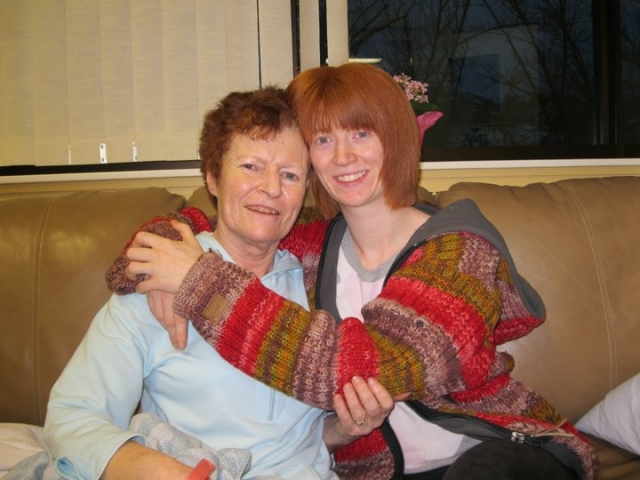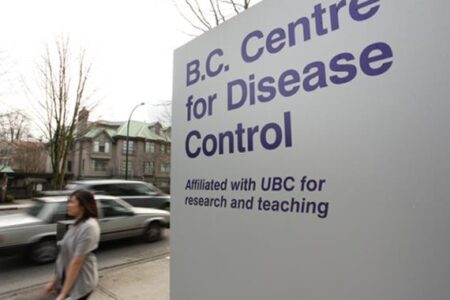Castlegar resident says ambulance protocols "frightening" after mom suffers brain damage
A 59-year-old Castlegar woman with permanent brain damage may never know how much of her brain damage was due to her illness, and how much was the end result of calling an ambulance in Castlegar.
Castlegar’s Fiona Drayton was scheduled to leave for a holiday in Israel on Jan. 28. The morning of January 27, her daughter, Christine Robertson, telephoned her mom and noticed something was very, very wrong. “I went there (to Mom’s house) … and she was very confused and disoriented; not making sense,” Robertson said. “I thought she had a stroke and called an ambulance. “They took her to Castlegar hospital, where the doctor, too, thought she had had a stroke ….but he couldn’t treat her for one until he confirmed (that diagnosis), which meant a CT scan (the other possibility was a bleed in her brain, which also requires a CT scan for diagnosis).
To get that scan, though, Drayton had to be transferred KBRH in Trail, as Castlegar hasn’t the equipment or technicians for that kind of testing. “The doctor in Castlegar did everything he could, which was basically nothing,” she said. What disturbed Robertson was the four-and-a-half hour wait that ensued before Drayton was transferred to Trail – with blood continuing to seep into her brain all the while (as it turns out, the problem was a brain bleed, not a stroke). “I called the ambulance at 8:45 a.m., we were at the Castlegar hospital by 9 a.m. …but we didn’t get to Trail until around 1:30 or 2 p.m.,” she said. “We could have driven her there by 9:30 a.m. – and that would’ve been a really leisurely drive.” The CT scan was performed, a diagnosis reached, and a Kelowna neurosurgeon lined up by 3 p.m. … but Drayton wouldn’t arrive in Kelowna until 12:30 a.m. the following morning, at which point Robertson said her mother was, “inches from death”. In each case, Robertson said it would have been far faster for her to have driven her mom herself…which she now wishes she had done. Drayton did get the required surgery and spent six days in a coma. She is now awake and recovering nicely, but her situation raises a great many questions in Robertson’s mind. “She’ll never be the same. This will forever impact her life …and my life, and my boys’ lives (Robertson has two sons, aged six and three),” she said. “It’s difficult, because I talked with the neurosurgeon and he said, of course, he can’t prove that she would have been better off if he had gotten to her nine hours earlier … but time is everything in this kind of situation. Her brain tissue was dying by the second. “They could’ve taken her straight to Trail, or Castlegar hospital could’ve told the paramedics that they weren’t equipped to treat her and sent her directly to Trail,” she said, adding they’ll never be able to measure the true cost of failing to do either of those things. “If anything like this happens again, I won’t be calling an ambulance – I’ll be driving straight to Trail,” she added. “I’ve always known that our hospital is a problem, but I never really thought about it much. I think it’s really frightening.” Perhaps more frightening is the fact this issue was brought to the attention of both BC Ambulance and Interior Health back in October of last year, when a strikingly similar situation arose (see http://castlegarsource.com/news/living-castlegar-hazardous-your-health). In both cases, the patients’ loved ones have said the doctors and nurses and paramedics were professional and helpful, insofar as they could be. Both indicated, instead, that protocols and politics seem to be what put their loved ones at such “terrible risk”. Robertson has filed two complaints with Interior Health.



























Comments